(List #90) Mapping the SDGs
Mapping the SDGs at a target level, curriculum level, university level and regional level.
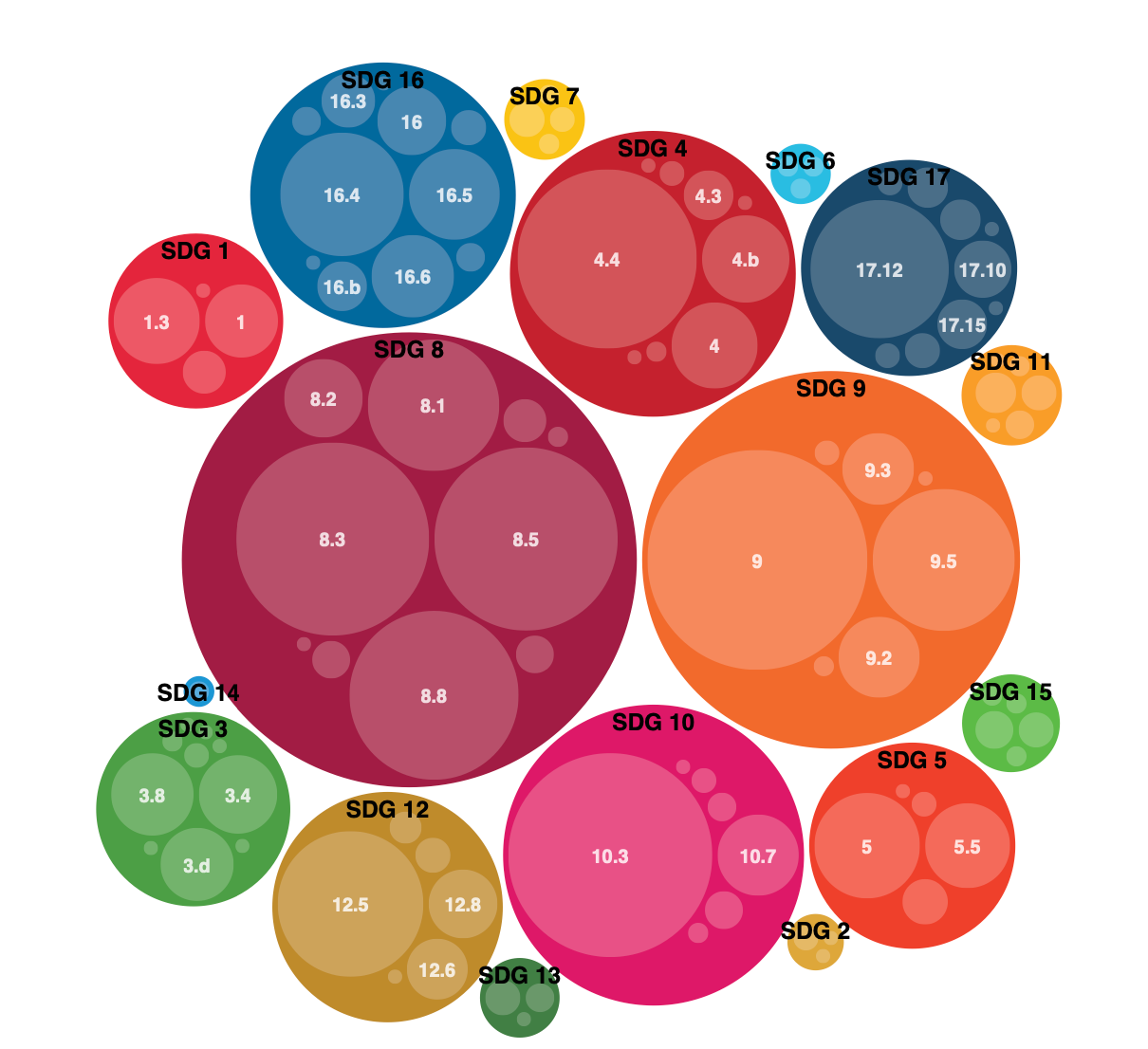
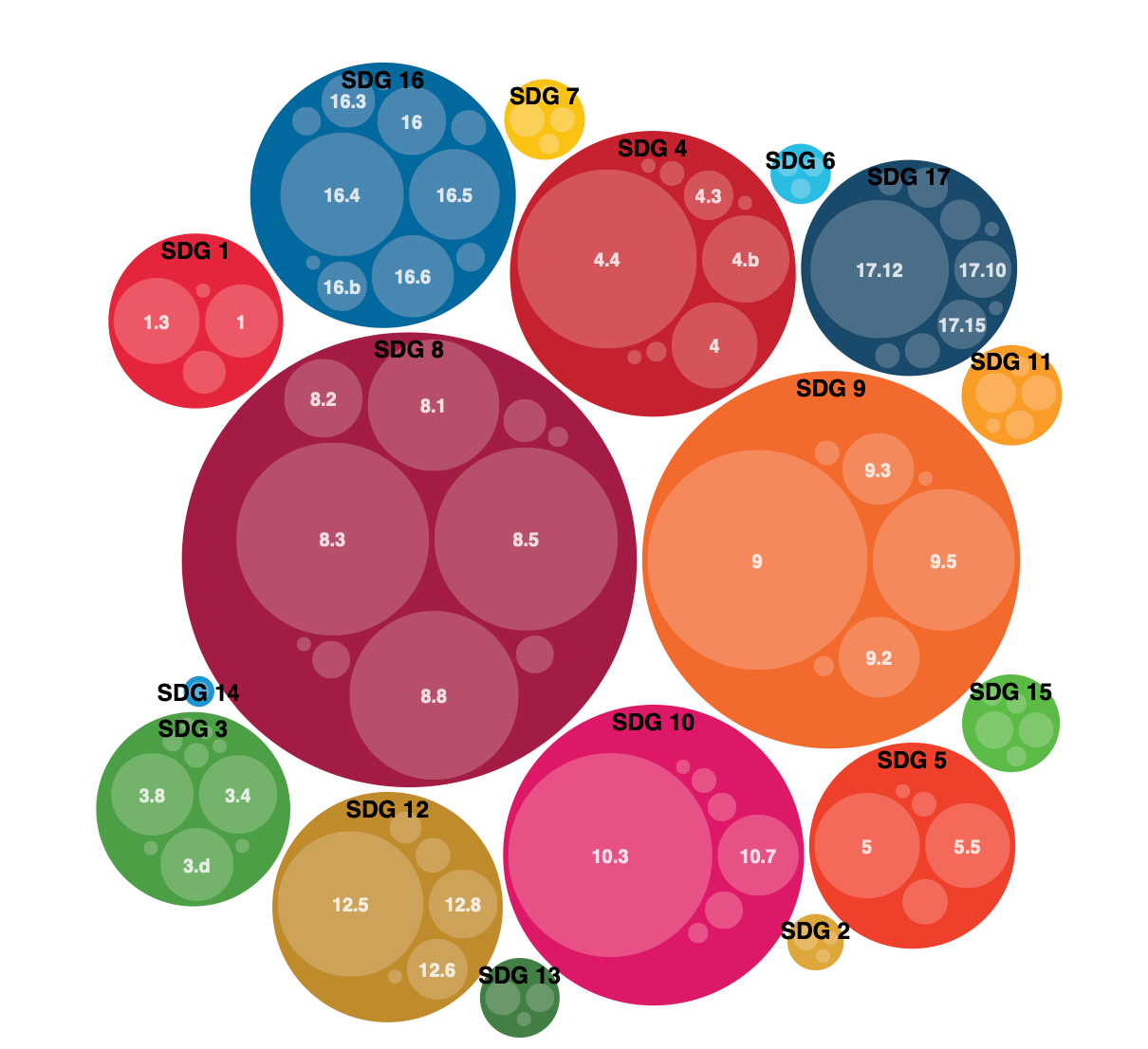
1. MAPPING THE TARGETS
Suliman S. Olayan School of. Business at the American. University of Beirut in Lebanon conducted an SDG mapping of the publications. The above visual outlines which target within the SDGs the research was most connected to in 2021. The data is provided for 2020 and 2022 as well. Very few schools report at the target level when it comes to their SDG related engagements. This was created using the SDG Mapper developed by Joint Research Centre and available here.
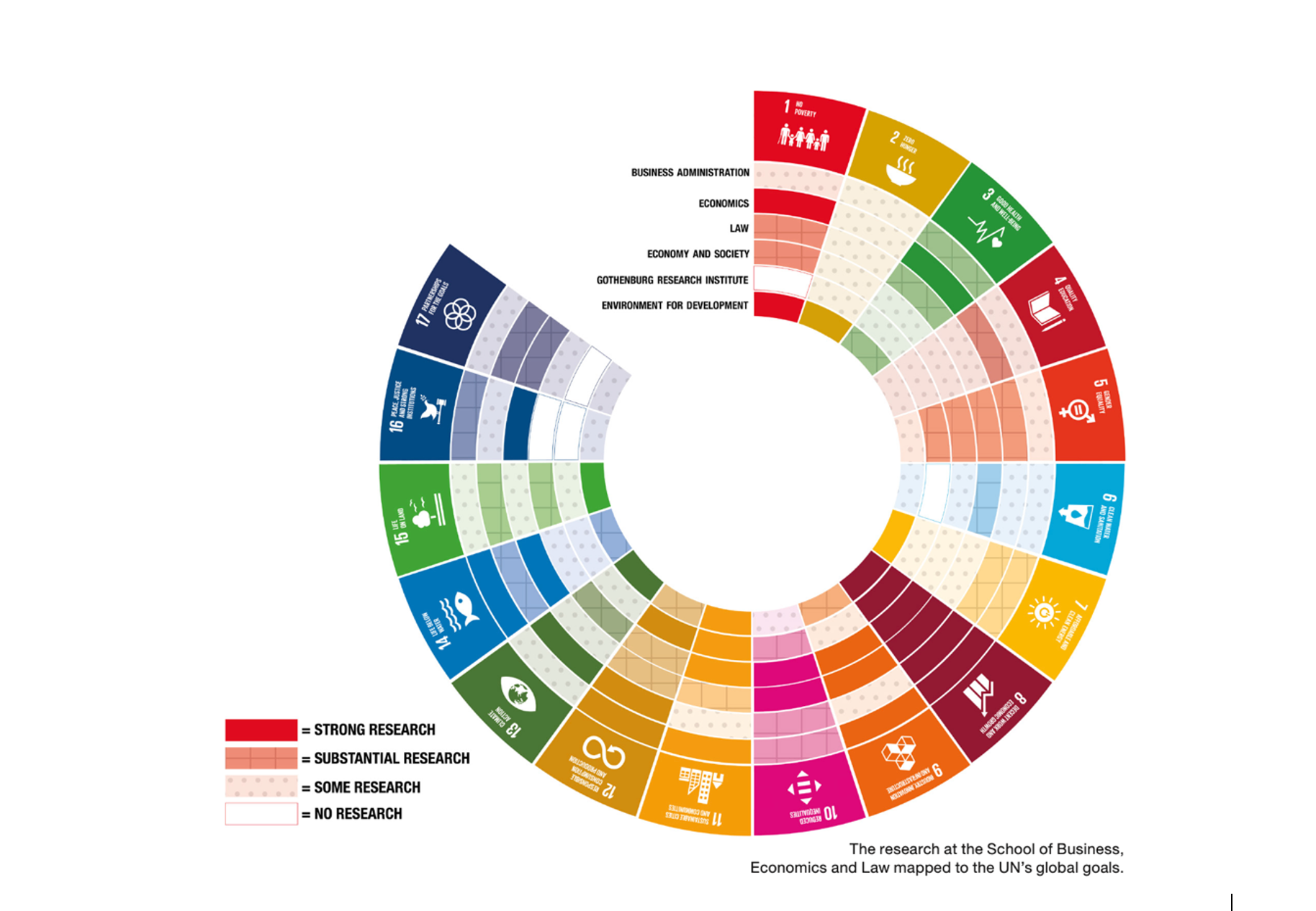
2. MAPPING THE SDGs
The School of Business, Economics and Law at University of Gothenburg in Sweden mapped the School’s research projects and societal impact in relation to the 17 SDGs. This is updated annually. The mapping is carried out as a self-evaluation among the School’s departments and institutions and is based on the 169 targets associated with the 17 SDGs. All researchers and their research activities are included. The recent review shows that SDG 8 and 11 had the most engagement. Other SDGs that the school was contributing to included 9 and 12. For SDG 9, a new research centre, U-GOT KIES has recently been established that focuses on the dynamics of knowledge intensive innovation ecosystems, and how and why they help create conditions for economic growth and impact the prosperity of societies.
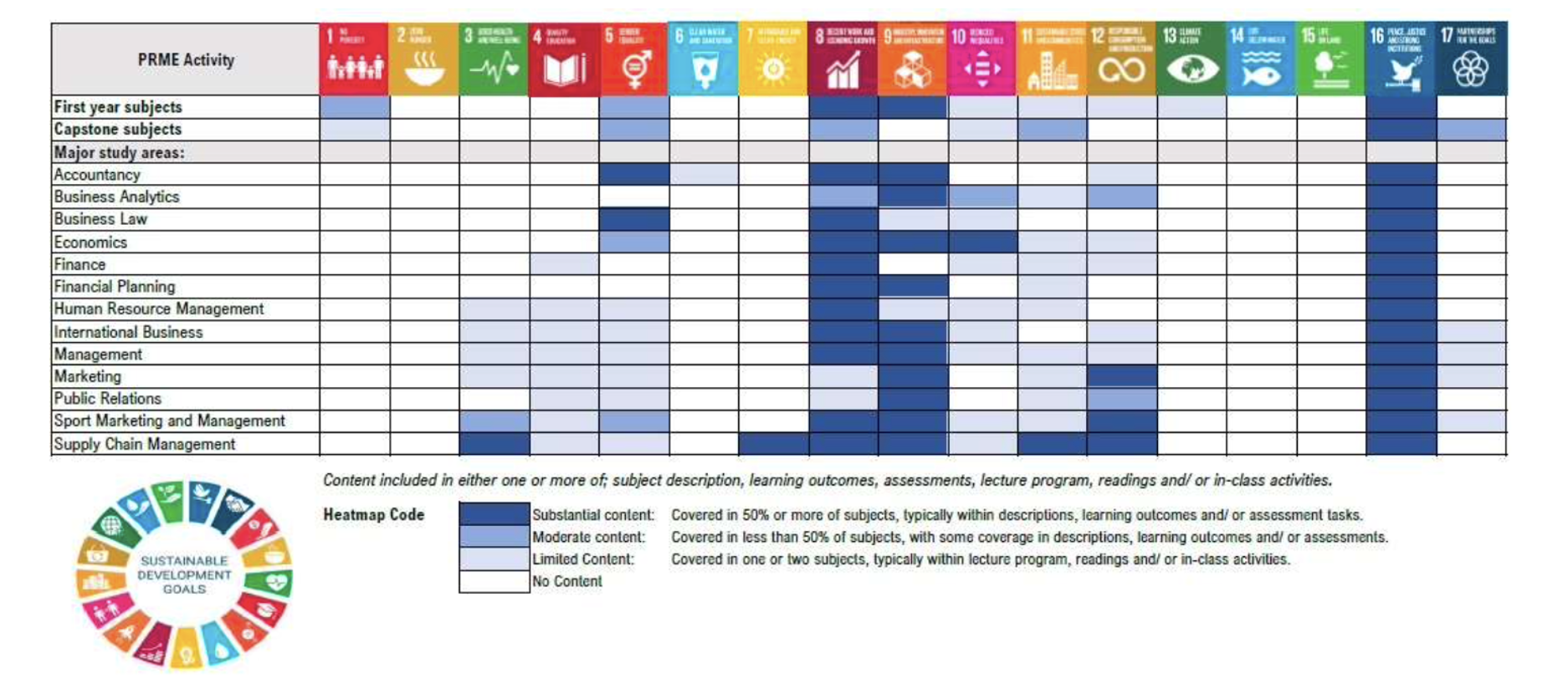
3. MAPPING THE CURRICULUM
As part of all curriculum reviews, the School of Business at the University of Wollongong in Australia is baselining their curriculum SDG mapping across all courses. All subjects across each discipline are being analysed for SDG content, assessment, and learning outcomes. The image is of the baseline for the undergraduate Bachelor of Business and Bachelor of Business Administration curriculum. The purpose of the mapping is to ensure that they have deep, meaningful and sustained engagement with the SDGs across all their courses. The different SDGs associated with each course is identified using a heatmap code where dark blue means there is substantial content (covered in 50% or more of subjects, typically within descriptions, learning outcomes and or assessment tasks), while light blue is limited content (covered in one or two subjects, typically within lecture program, readings and or in class activities.
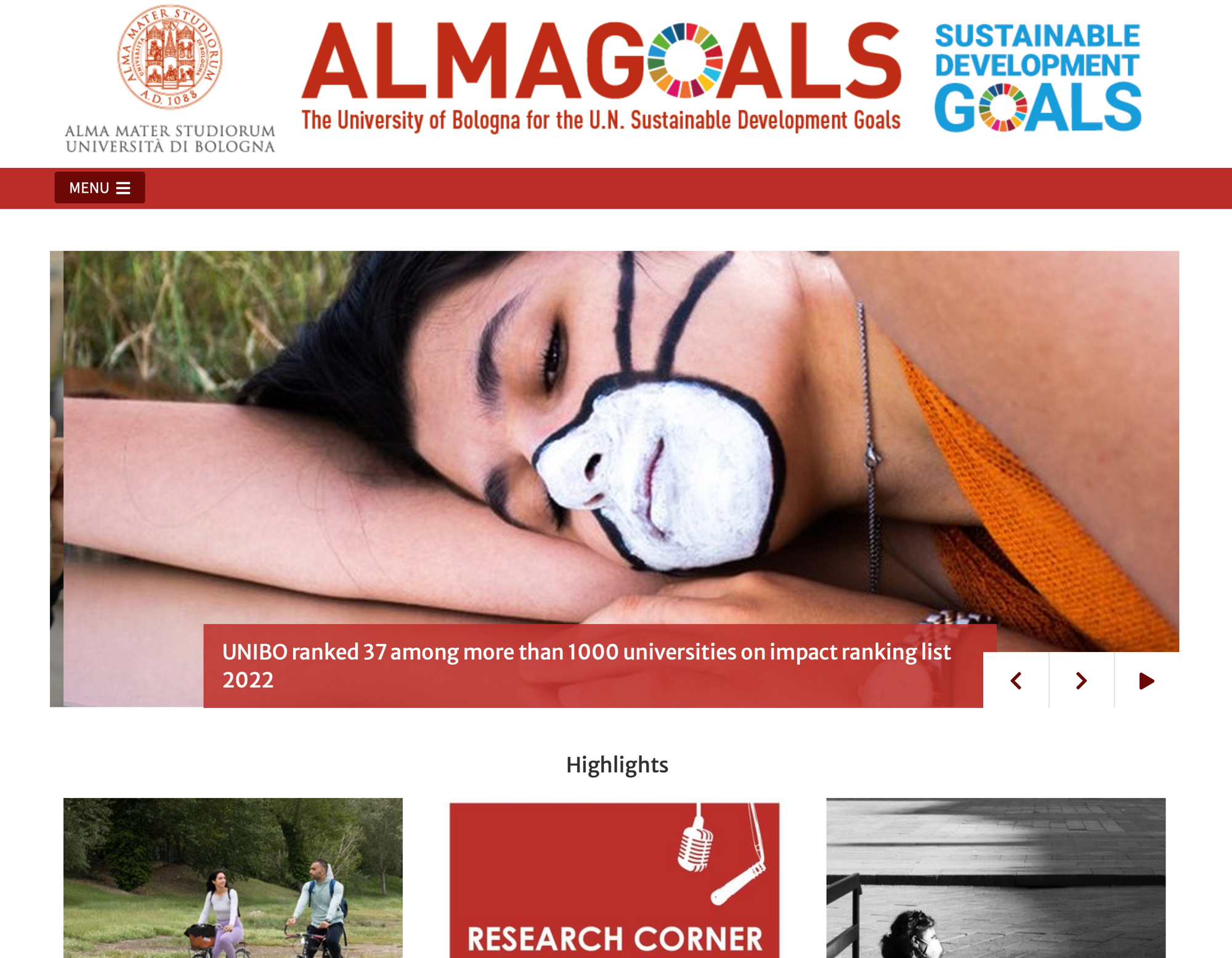
4. MAPPING THE UNIVERSITY
The University of Bologna has developed a site dedicated to the Universities contributions to the SDGs. Called AlmaGoals, the website includes not just news articles but a mapping of how many, and which, course units apply to that SDG, how many students chose to take one of the courses associated with that SDGs, teaching collaborations, research, community engagement, as well as key relevant data from the university. The website also outlines the University’s commitments in relation to each goal and the goals more generally and provides opportunities for the community to engage in specific projects, or to propose their own.
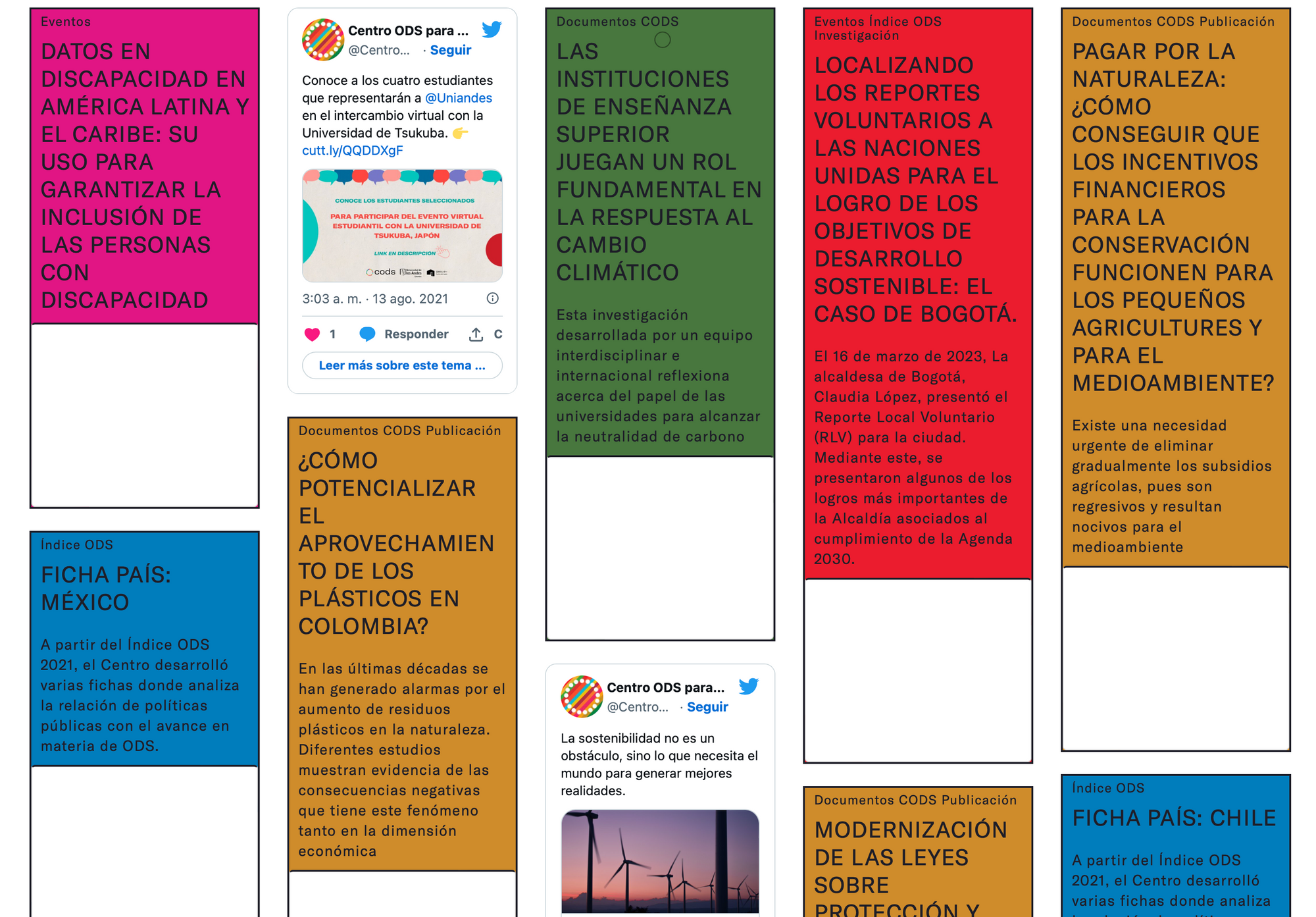
5. MAPPING THE REGION
The Sustainable Development Goals Center for Latin America and the Caribbean at the Universidad de los Andes in Colombia, was founded in 2018. It works alongside the SDG Centre for Africa and the SDG Center for Southeast Asia, aiming to becoming a knowledge hub in the area, working hand in hand with government institutions, the private sector, civil society and leading educational institutions to accelerate the implementation of the SDGs. In 2020, the centre launched the SDG Index for Latin America and the Caribbean which assesses where each country stands in terms of its progress towards the achievement of each SDG.
